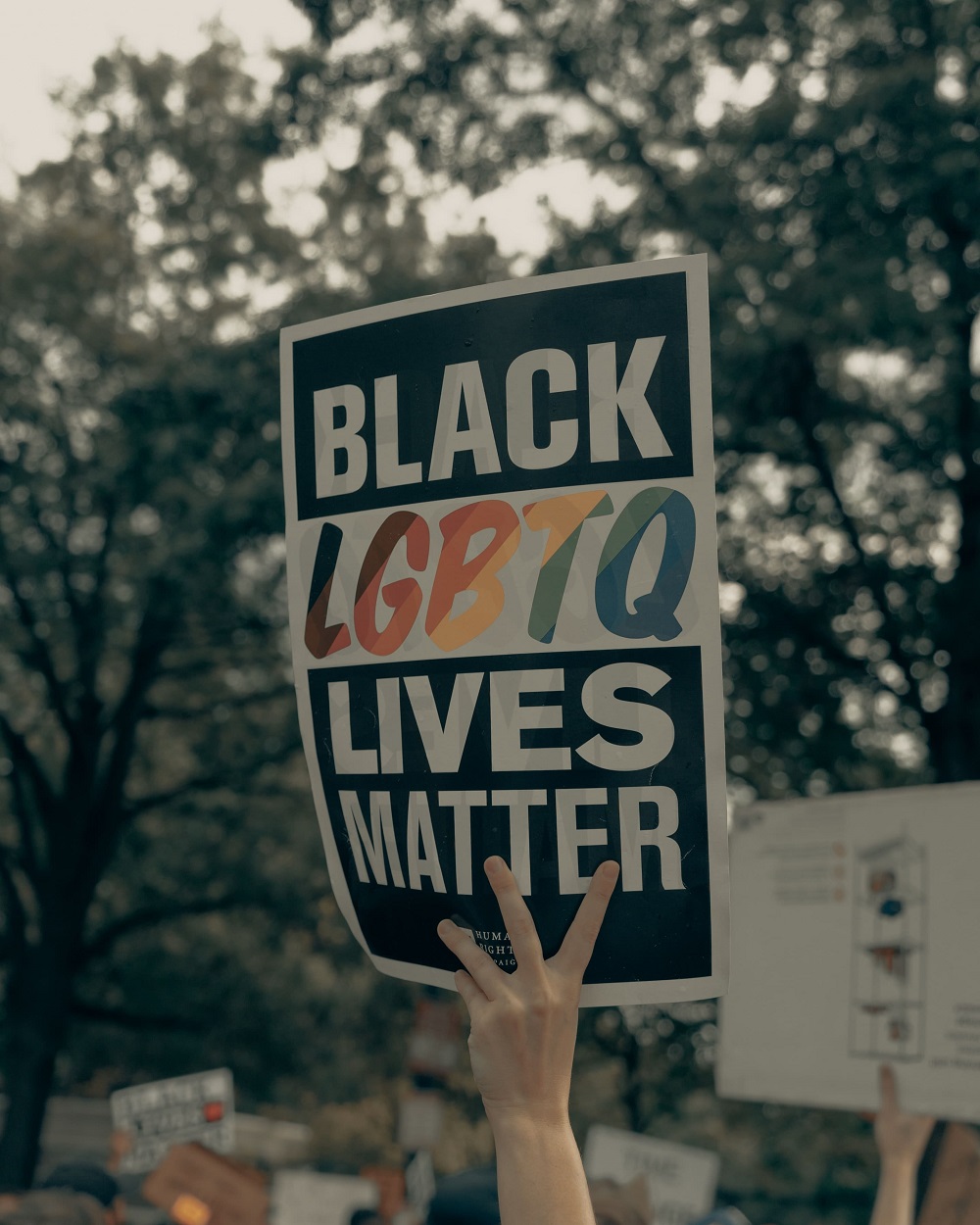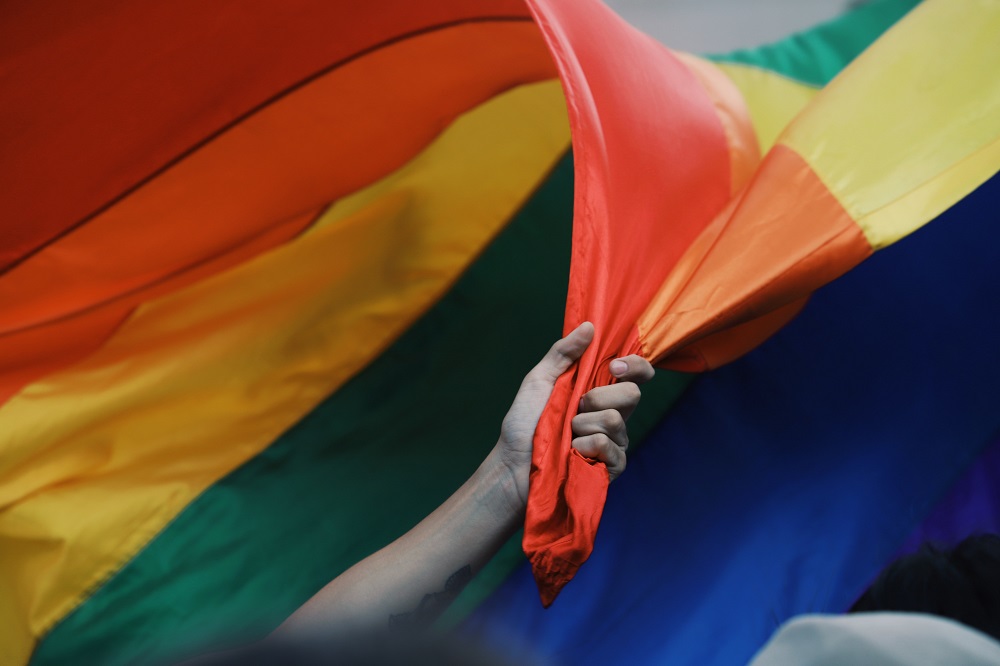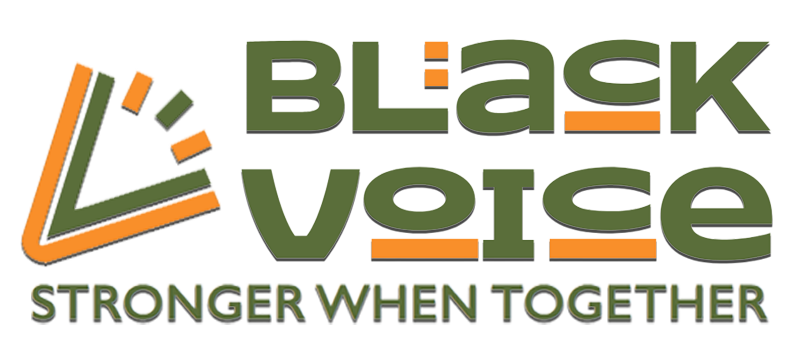By Amy Fournier
Posted on September 10, 2021
TW: This article contains mentions of intimate-partner violence, homophobia, transphobia, and sexual violence.
Gender-based violence disproportionately affects LGBTQ2IA+ people at an alarming rate. According to the 2018 Survey of Safety in Public and Private Spaces (SSPPS), sexual minority Canadians were almost three times more likely to experience violent victimization than heterosexual people. The types of violence explored in the study were: unwanted sexual behaviour while in public, unwanted sexual behaviour online, unwanted sexual behaviour in the workplace, sexual assault, and physical assault. Sexual minorities and transgender people are often stigmatized by society, which contributes to the gender-based violence that they experience.

Sexual violence:
A 2019 study led by Wisdom2Action for the Public Health Agency of Canada surveyed over 500 youth across Canada, who identified as part of the LGBTQ2IA+ community, about their experience with gender-based violence.
Many participants noted that ‘corrective rape,’ or sexual assault were used to ‘cure’ an individual’s sexuality or gender identity. This is a form of sexual violence specific to people within the LGBTQ2IA+ community, especially among young women, asexual youth, transgender and gender diverse youth.
Excluding violence committed by an intimate partner, sexual minority Canadians reported being sexually abused at a higher rate than heterosexual Canadians. As well, violence targeted towards sexual minorities is often more likely to result in serious injuries compared to those who are heterosexual. Sexual minorities are also less likely to report their physical assaults to the police.
Intimate Partner violence:
Intimate partner violence (IPV) is often overlooked in the LGBTQ2IA+ community.
According to Rainbow Health Alliance Ontario, specific forms of IPV that use homophobia, biphobia, transphobia and misogyny, affect LGBTQ2+ people. Some prevalent forms of IPV in the LGBTQ2+ community involve threatening to out their partner, using their partner’s immigration status as a means of control, and threatening to exploit information about HIV-positive status to authorities (non-disclosure of HIV-positive to sexual partners is criminalized in Canada).
Transgender individuals also experience specific forms of IPV including mocking and humiliating specific body parts that could be important signifiers of their gender identity. The perpetrator may also try to impede their partner’s access to certain objects such as binders, wigs, or clothing that are central to the person’s gender expression. IPV may also undermine an individual’s gender identity by dismissing their partner’s gender identity.
Violence in the public:
Lack of safety in public spaces, and fear of street harassment is very common in the LGBTQ2IA+ community. Isolation is often increased due to hesitation and fear of going out in public which can cause negative mental health outcomes as a result.
Fifty-seven per cent of sexual minority Canadians reported experiencing inappropriate behaviours in public, compared to 22 per cent of their heterosexual peers according to a study conducted by Statistics Canada.
Violence online:
When it comes to online harassment, the same study showed that 37 per cent of sexual minority Canadians compared to 15 per cent of heterosexual Canadians reported experiencing inappropriate behaviours against them. Sexual minority groups also reported knowing the person who targeted them more often than their heterosexual peers.
Violence in schools:
Youth reported experiencing a prevalence of violence within educational contexts. Bullying, teasing, the use of slurs and microaggressions such as refusing to use preferred pronouns from peers and teachers are common experiences.
Likewise, segregated gym classes and binary bathrooms are not inclusive to transgender and gender-diverse students.
Lack of safety within family:
Many people in the LGBTQ2IA+ community report problems in familial contexts. Families can act as gatekeepers and can prevent an individual from accessing health and social services. Family rejection of one’s sexuality or gender identity is correlated with an increased risk of depression, suicide, and substance abuse amongst LGBTQ2IA+ youth. This can be especially detrimental during times of self-isolation, such as the mandated Covid-19 lockdown of 2020, where there is no escape from home.
Homelessness is also a common issue within LGBTQ2IA+ youth as many feel like they have nowhere to go if their family is unaccepting of their sexual or gender identity. Some feel as if they need to hide their true identity, or they must leave home.
Detrimental impacts of gender-based violence:
Gender-based violence can have detrimental effects on LGBTQ2IA+ people. Twice as many sexual minorities reported poor mental health and the use of drugs and alcohol to cope with physical and sexual violence compared to heterosexual and cis-gender Canadians.

Intersectionality is important:
Factors such as race, ableism, and class play a role in the prevalence of gender-based violence among those in the LGBTQ2IA+ community.
The Statistics Canada report also highlighted that sexual minority Canadians with a disability were more likely to report that they had been physically assaulted (55 per cent) and sexually assaulted (46 per cent) since age 15, than those who do not have a disability (36 per cent and 29 per cent, respectively).
As well, 73 per cent of self-identified Indigenous sexual minorities reported having been physically assaulted and 65 per cent had been sexually assaulted compared with 45 per cent and 37 per cent of non-Indigenous sexual minorities.
Additionally, Black trans women and gender non-conforming people experience an alarmingly high level of violence, poverty, policing, criminalization and structural exclusion. According to the Movement for Black Lives, almost 30 trans women of colour were murdered in 2019, the majority of whom were Black trans women.
It is extremely important to understand the way in which the LGBTQ2IA+ community is disproportionately impacted by gender-based violence. As well, looking at gender-based violence through an intersectional lens can help break down the barriers that marginalized people experience when it comes to receiving support.
Resources for LGBTQ2IA+:
COVID-19 Resource List:
https://docs.google.com/document/d/1jytSkpq-OMPSjn-utj5NYLlPijRTVYSlgc6fjQT7OxU/edit
Mental Health Tips:
https://egale.ca/awareness/lgbtqi2s-mental-health-tips-during-the-covid-19-pandemic/
Tips for being stuck in quarantine with transphobic or homophobic family members:
https://egale.ca/awareness/stuck-in-quarantine-with-your-homophobic-or-transphobic-family/
Trans community and violence infographic:
https://www.sadvtreatmentcentres.ca/assets/images/SupportingTransInfographic.png

